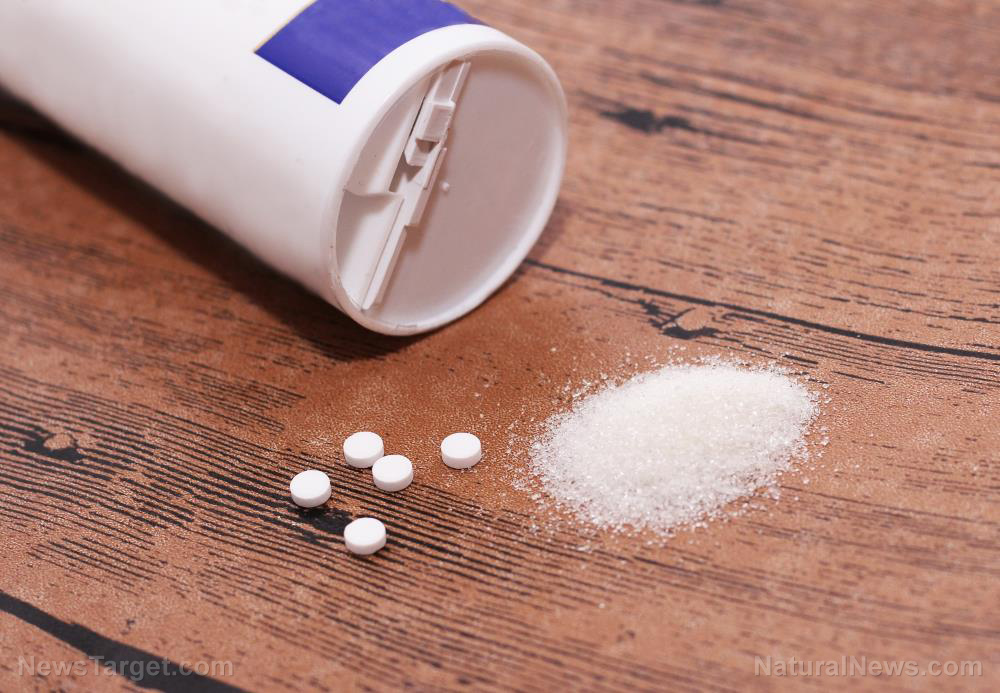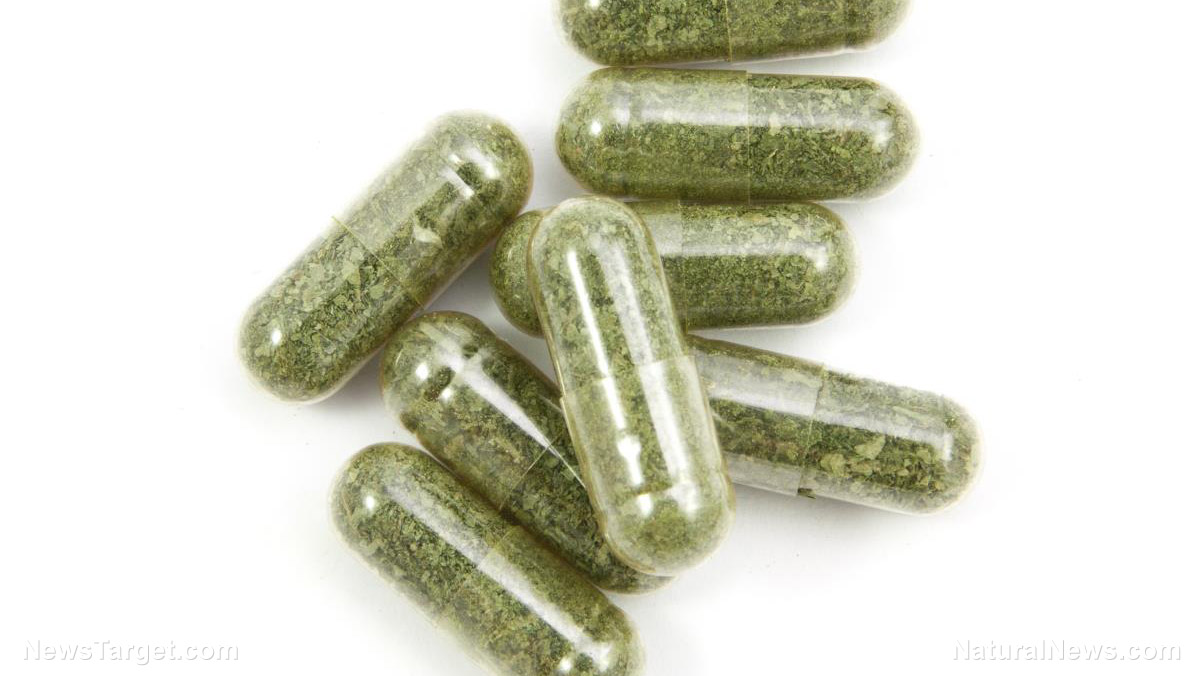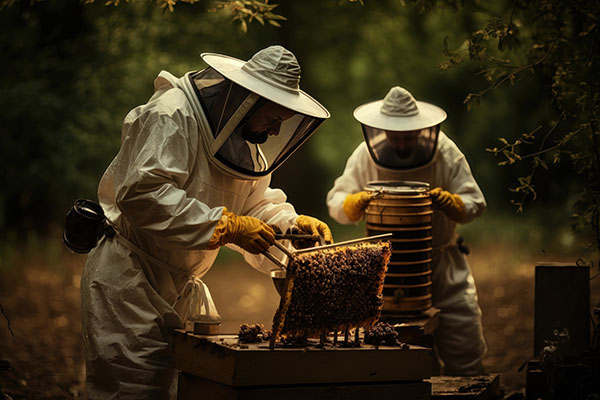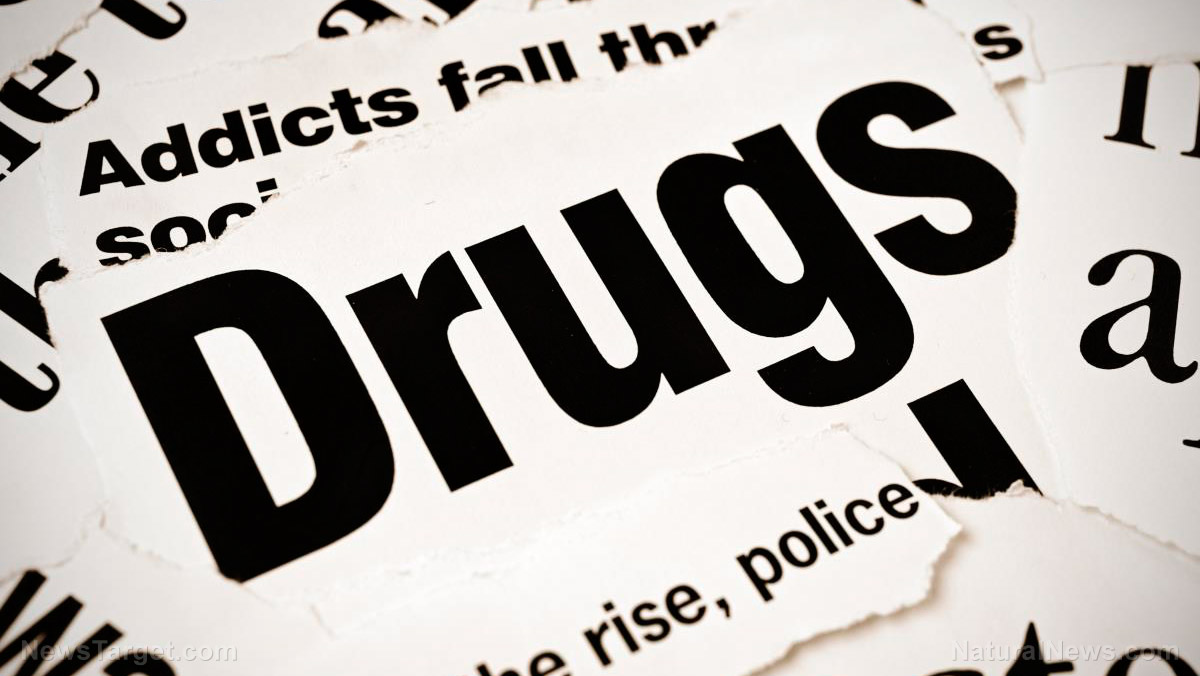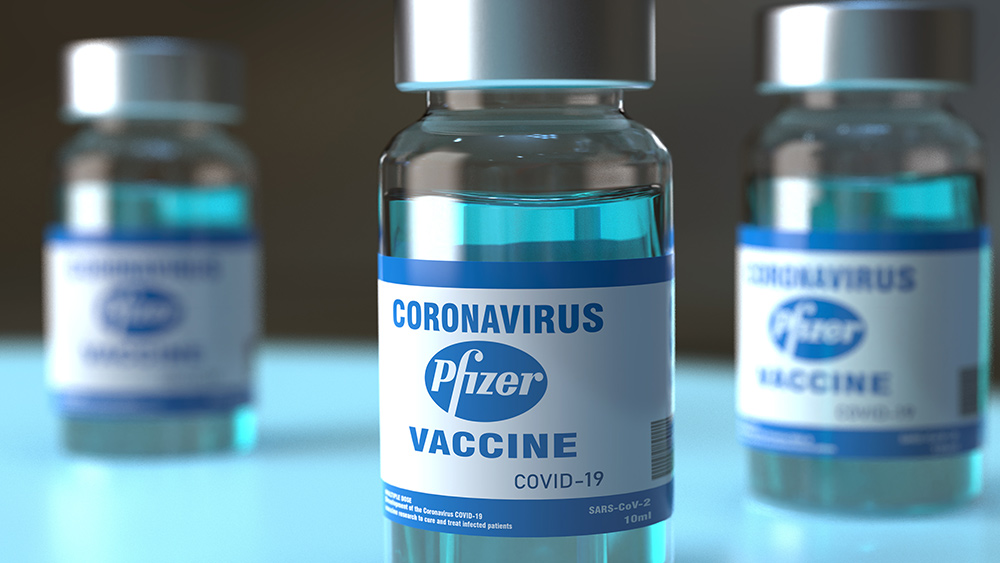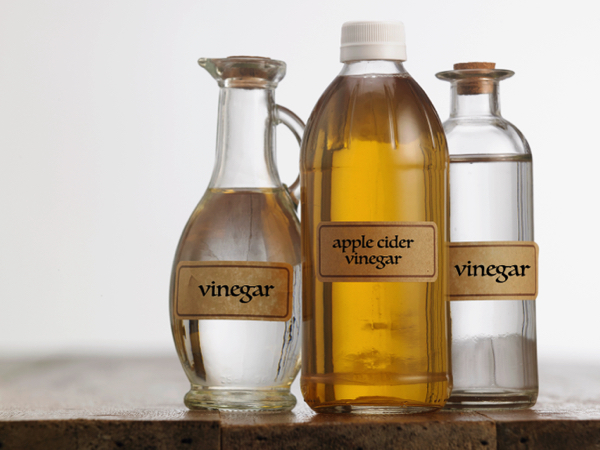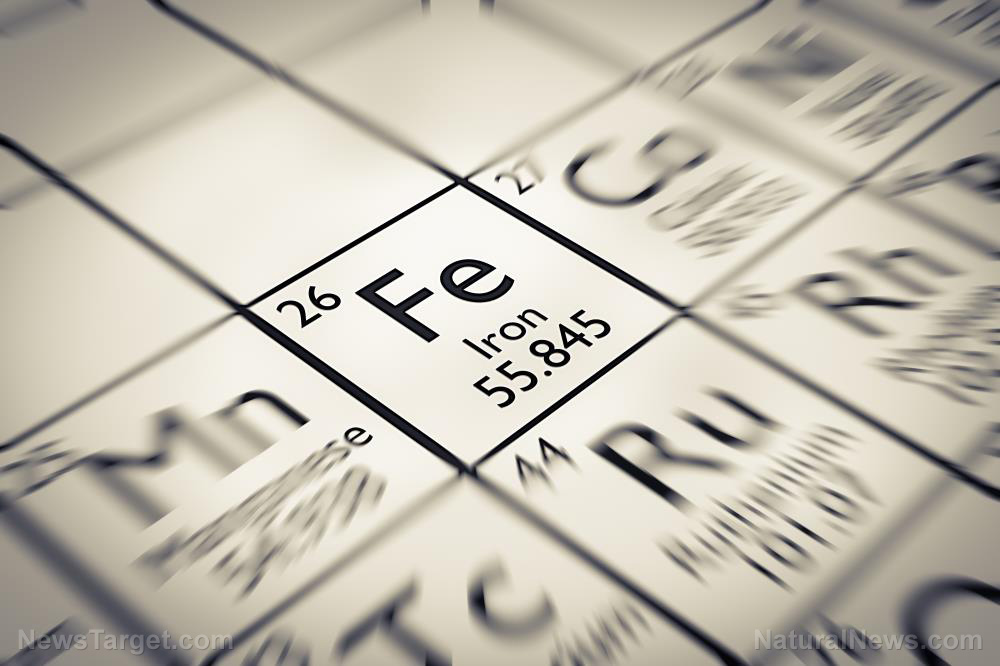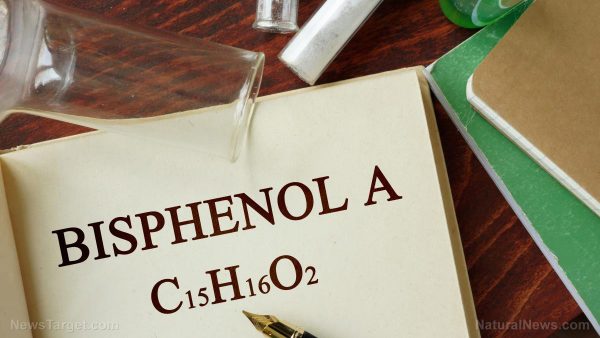
- The "BPA-free" labels on food packaging are misleading and potentially more dangerous than BPA itself.
- Chemicals from price stickers and packaging migrate into food, causing severe cellular damage and gene disruption.
- BPA replacements like TGSA and BPS were introduced with minimal testing and are now under investigation for toxicity.
- Regulatory agencies failed to enforce rigorous safety standards before allowing these chemicals into the food supply.
- Consumers can reduce exposure by removing labels immediately, avoiding receipts, and using glass storage containers.
The price tag you never knew was poisoning you
The problem started in 2023 when McGill food science professor Stéphane Bayen made a disturbing discovery: chemicals from those seemingly harmless price stickers were migrating through plastic wrap and contaminating food. That’s right—the barcode label on your steak or salmon isn’t just ink and adhesive; it’s a delivery system for synthetic compounds that can alter your body at the molecular level. Bayen’s team tested four common BPA replacements—TGSA, D-8, PF-201, and bisphenol S (BPS)—all widely used in receipts, food packaging, and those sticky little price tags you peel off at the checkout. What they found should make every consumer furious. When exposed to human ovarian cells, TGSA killed 75% of cells at high concentrations while triggering abnormal fat accumulation in survivors—a red flag for metabolic dysfunction. But the damage didn’t stop there. Gene analysis revealed that TGSA altered 2,414 genes, while D-8 disrupted 2,563 genes, many of which control DNA repair, cell growth, and replication. As study co-author Bernard Robaire warned: “These are major cellular functions. Disrupting them doesn’t prove harm in humans, but it gives us a strong signal that these chemicals should be further investigated.”How “BPA-free” became a toxic bait-and-switch
Here’s the infuriating truth: BPA was at least studied before restrictions were imposed. Its replacements? Not so much. “‘BPA-free’ is an incredibly misleading label,” Robaire said. “It usually means one bisphenol has been swapped for another, and there are more than 200 of them. Some may be just as harmful, or even worse.” This is regulatory malpractice at its finest. Instead of demanding rigorous safety testing before these chemicals flooded the market, agencies like Health Canada and the FDA allowed them to be used in food packaging with minimal oversight. Now, only after years of exposure, are these substances finally being investigated, but the damage may already be done. Health Canada has since added all four chemicals to its watchlist, but that’s cold comfort for consumers who’ve been unknowingly ingesting them for years. The question is: How many other “safe” alternatives are quietly poisoning us while regulators drag their feet?What you can do to protect yourself right now
While bureaucrats play catch-up, you don’t have to wait for government protection. Here’s how to minimize your exposure immediately:- Strip labels and plastic wrap ASAP. The moment you get home, remove all stickers and plastic packaging from meat, produce, and dairy. The longer they stay on, the more chemicals migrate into your food.
- Shop from the top of the pile. Pressure from stacked items pushes chemicals deeper into packaging. Grab products from the top of display piles to reduce contamination.
- Avoid handling receipts. Thermal paper receipts are loaded with these toxins. Don’t let kids play with them, and never store them near food.
- Transfer food to glass containers. Plastic wrap and packaging continue leaching chemicals over time. Glass is the safest storage option.
Artificial sweeteners linked to 62% faster cognitive decline in adults
By Cassie B. // Share
FDA recalls men’s supplement containing prescription-only erectile dysfunction drug
By Olivia Cook // Share
The toxic divide: Neonicotinoid pesticides and the global regulatory conundrum
By Willow Tohi // Share
Controversy surrounds Bill Gates-backed synthetic fruit and vegetable coating
By Willow Tohi // Share
Authorities intercept more than 600,000 pounds of precursor chemicals for METH
By Ramon Tomey // Share
Unveiling Pfizer’s plasmid: Potential risks and regulatory oversight failures
By Willow Tohi // Share
Financial crisis imminent in every German city
By ljdevon // Share
12 Reasons why VINEGAR should be in every pantry
By ljdevon // Share
Africa's great divide: Tectonic forces are slowly tearing the continent apart
By kevinhughes // Share
An eye-opening prescription: How your diet can fortify vision in a digital world
By avagrace // Share
Boost your health: Understanding iron and its complex interactions
By patricklewis // Share
